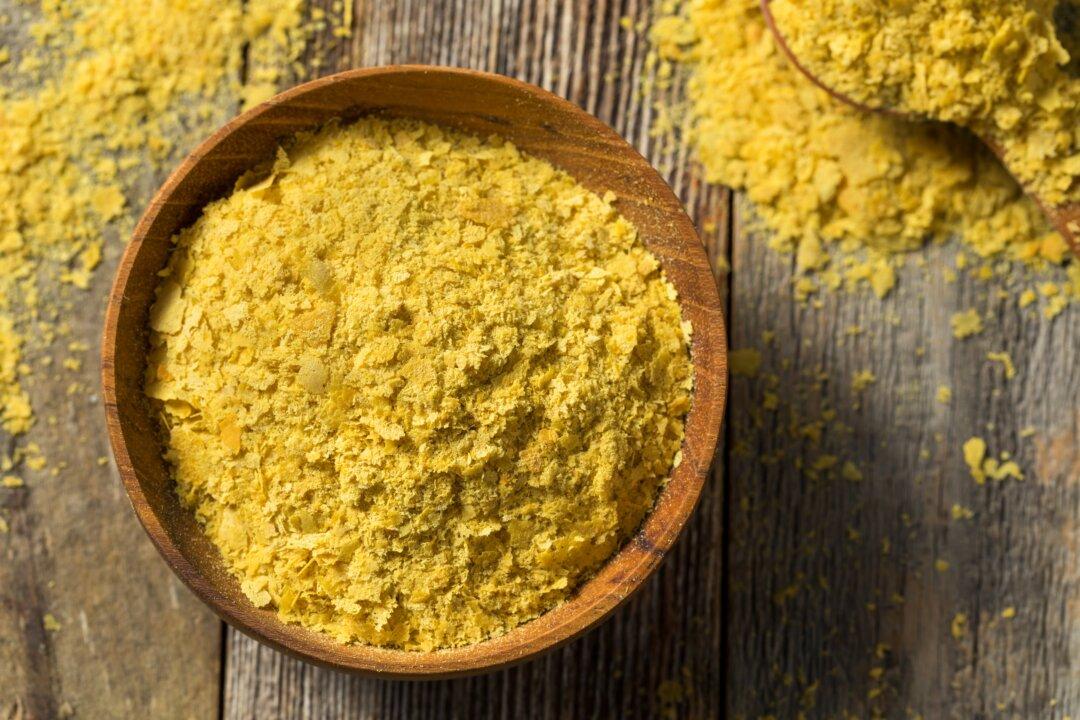Calcium could, in all fairness, be called the king of minerals. It’s the most abundant mineral found in the human body, and it plays a critical role in the formation and maintenance of bones and teeth, as well as muscle contraction, blood clotting, and nerve signaling. The vast majority of the body’s calcium—98 percent according to the National Institutes of Health—is stored in the bones.
There’s no dispute among experts that getting enough calcium is essential, but that’s where the agreement ends. Precisely how much calcium is necessary for optimum health and which dietary sources are best for obtaining it remain hotly disputed topics.






